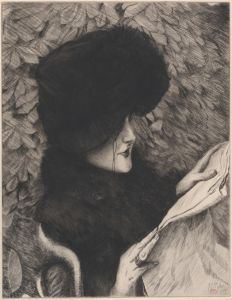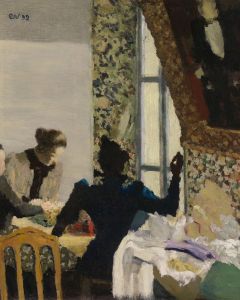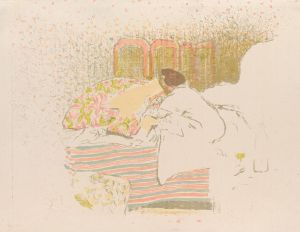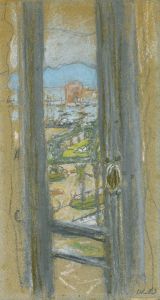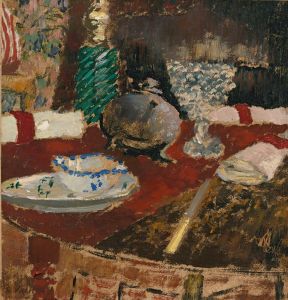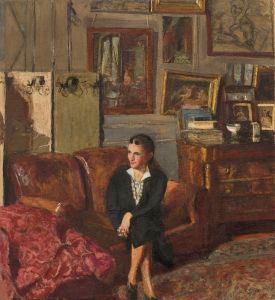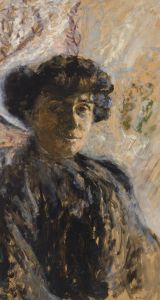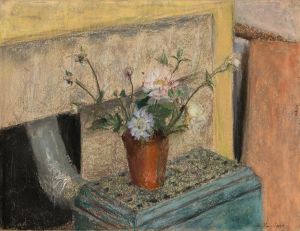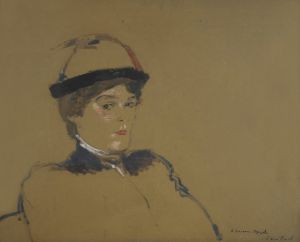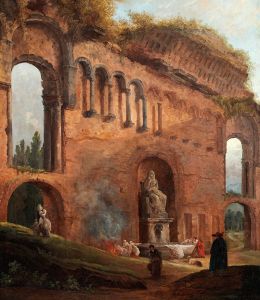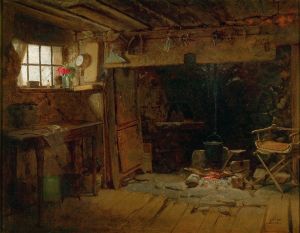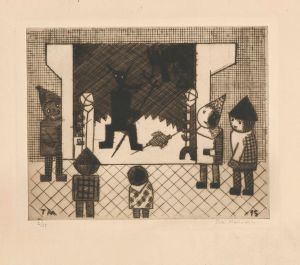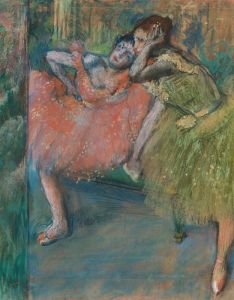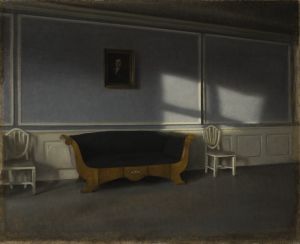
Misia et Vallotton à Villeneuve
A hand-painted replica of Édouard Vuillard’s masterpiece Misia et Vallotton à Villeneuve, meticulously crafted by professional artists to capture the true essence of the original. Each piece is created with museum-quality canvas and rare mineral pigments, carefully painted by experienced artists with delicate brushstrokes and rich, layered colors to perfectly recreate the texture of the original artwork. Unlike machine-printed reproductions, this hand-painted version brings the painting to life, infused with the artist’s emotions and skill in every stroke. Whether for personal collection or home decoration, it instantly elevates the artistic atmosphere of any space.
Édouard Vuillard's painting Misia et Vallotton à Villeneuve is a notable work by the French Post-Impressionist artist, created in 1899. Vuillard, a key member of the Nabis group, was known for his intimate domestic interiors and portraits, often depicting his close friends and collaborators. This painting captures a moment involving Misia Natanson, a prominent figure in Parisian artistic and literary circles, and Félix Vallotton, a Swiss-French painter and printmaker who was also associated with the Nabis.
Misia Natanson, born Maria Zofia Olga Zenajda Godebska, was a celebrated pianist and muse to many artists, writers, and composers of the time. She was married to Thadée Natanson, the editor of the influential literary and artistic journal La Revue Blanche, which played a significant role in promoting the avant-garde movements of the late 19th and early 20th centuries. Misia's salons were frequented by many leading figures of the era, including Vuillard and Vallotton, making her a central figure in the cultural life of Paris.
Félix Vallotton, a contemporary of Vuillard, was known for his sharp, graphic style and his contributions to the development of modern printmaking. He was also a painter of portraits, landscapes, and interiors, often characterized by a sense of stillness and psychological depth. Vallotton and Vuillard shared a professional and personal connection through their involvement with the Nabis and their mutual association with La Revue Blanche.
The painting Misia et Vallotton à Villeneuve depicts Misia and Vallotton in Villeneuve, a town in Switzerland. The composition reflects Vuillard's characteristic style, with a focus on the interplay of patterns, textures, and muted colors. The scene is intimate, emphasizing the relationship between the figures and their surroundings. Vuillard's use of flattened perspective and decorative elements aligns with the Nabis' interest in synthesizing fine art and design.
This work is significant not only for its artistic qualities but also for its documentation of the interconnected lives of key cultural figures of the time. It provides insight into the social and artistic networks that shaped the development of modern art in the late 19th century. Today, Misia et Vallotton à Villeneuve is recognized as an example of Vuillard's ability to capture the essence of his subjects and their environments, blending personal observation with innovative artistic techniques.





